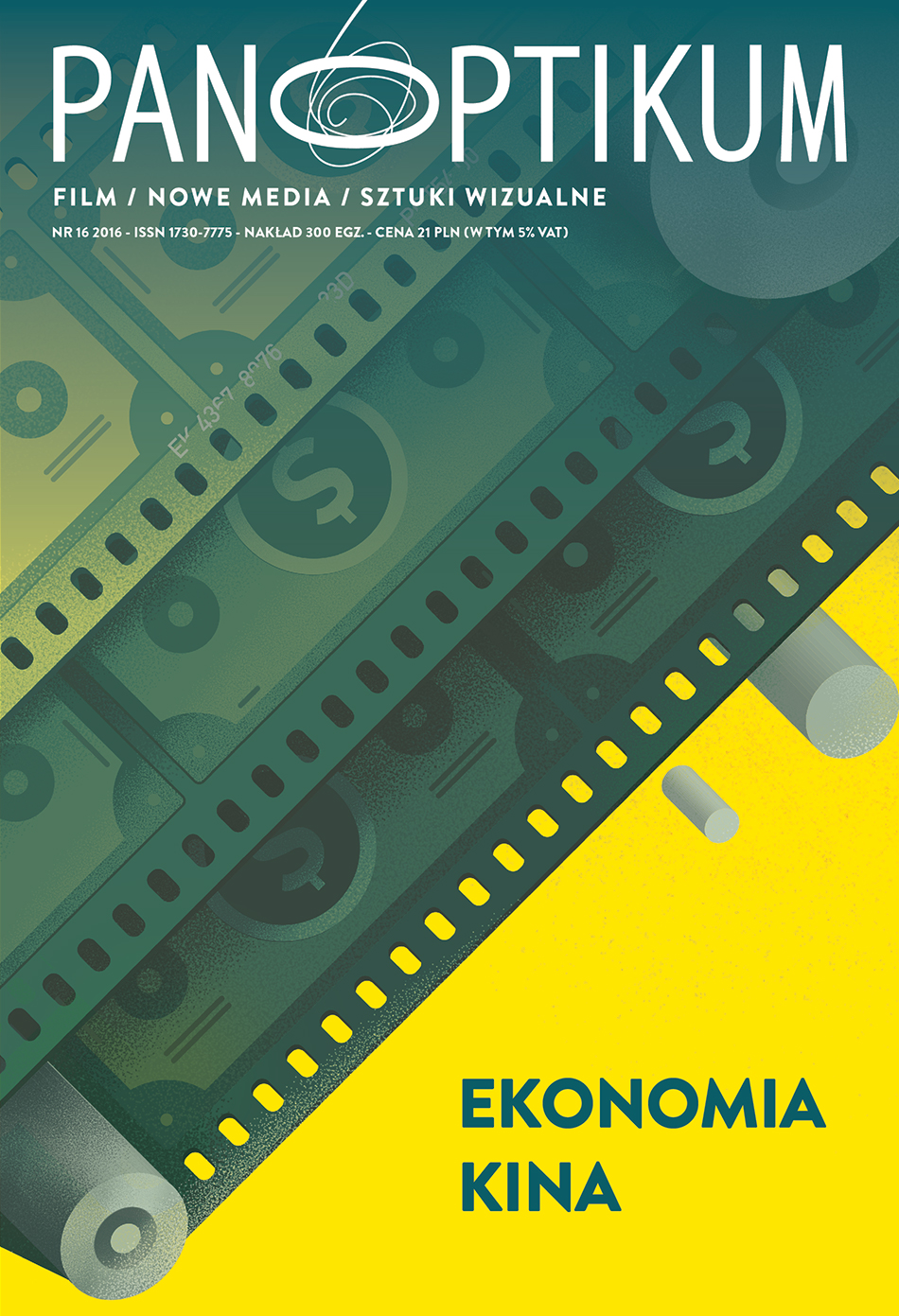Wokół mitu wolności w internecie
Abstrakt
The text regards the freedom of information on the Internet, basing on the fact that it evolved to the level of mass media from a stage of a network dedicated to serving the academic purposes and promoting scientific knowledge. In the effect of intensive development and massification it was commercialised and subjected to laws that apply to all mass media – including the need to regulate its content. Meanwhile, the public expectations regarding the freedom of information which arose in the early years of the Internet have hardly changed: the myth of the free Internet is still widespread. The text analyses the functioning of the mythology of the freedom of the Internet among its users. It also refers to the freedom of information on the Internet in the twenty-first century.
Downloads
Bibliografia
Barlow, J. P. (1996). A Declaration of the Independence of Cyberspace. https://www.eff.org/cyber-space-independence (dostęp: 20.09.2016).
Barthes, R. (2000). Mitologie(tłum. A. Dziadek). Warszawa: Wydawnictwo KR.
Becker, K., Stalder, F. (2005). Xnational Net Culture and „The Need to Know” of Information Societies, by Open Cultures Working Group. http://world-information.org/wio/readme/992003309/1134396702 (dostęp: 20.09.2009).
Bendyk, E. (2005). Wstęp, [w:] L. Lessig, Wolna kultura. W jaki sposób wielkie media wykorzystują technologię i prawo, aby blokować kulturę i kontrolować kreatywność, (tłum. P. Białokozowicz i in.). Warszawa: WSiP SA.
Berners-Lee, T. (2000). Tejiendo la Red: el inventor del World Wide Web nos descubre su origen. Madrid: Siglo X XI.
Brockman, J. (1996). Digerati: Encounters with the Cyber Elite. San Francisco: Hardwired.
Castells, M. (2001). Internet, libertad y sociedad: una perspectiva analítica, Lección inaugural del curso académico 2001–2002 de la UOC. http://www.uoc.edu/web/esp/launiversidad/inaugural01/intro_conc.html (dostęp: 20.09.2016).
Castells, M. (2003). Galaktyka Internetu. Refleksje nad Internetem, biznesem i społeczeństwem (tłum. Hornowski, T.). Poznań: Rebis.
D’Amato, S. E. (2006). Myths and Mythology, [w:] J. H. Birx (red.), Encyclopedia of anthropology. Thousand Oaks: Sage Publications.
de Sola Pool, I. (1983). Technologies of Freedom: On Free Speech in an Electronic Age. Cambridge MA: Harvard University Press.
Dyson, E., Gilder, G., Keyworth, G., Toff ler, A. (1994). Cyberspace and the American Dream: A Magna Carta for the Knowledge Age. http://www.pff.org/issues-pubs/futureinsights/fi1.2magna-carta.html (dostęp: 20.09.2016).
Edwards, P. N. (2003). Infrastructure and Modernity: Force, Time and Social Organization in the History of Sociotechnical Systems, [w:] Misa T. J., Brey P., Feenberg, A. (red.), Modernity and technology. Cambridge: The MIT Press.
González Díaz P. (2014). Reacciones en el New Media Art ante la vigilancia y el control de datos en la Red: nuevos paradigmas (2001–2010).„Revista Teknokultura”, 11(2).
Hand, M., Sandywell, B. (2002). E-topia as Cosmopolis or Citadel On the Democratizing and De-democratizing Logics of the Internet, or, Toward a Critique of the New Technological Fetishism.„Theory, Culture & Society”, Vol. 19(1–2).
Hauben, M., Hauben,R. (1997). Netizens: On the History and Impact of Usenet and the Internet. Los Alamitos: Wiley-IEEE Computer Society Press.
Hauben, M., Hauben,R. (1998). „First Monday”, Vol. 3, No 8. http://journals.uic.edu/ojs/index.php/fm/article/view/614/535 (dostęp: 20.09.2016).
Jenkins, H., Thorburn, D. (2003). Introduction: The Digital Revolution, The Informed Citizen, and the Culture of Democracy, [w:] H. Jenkins, D. Thorburn (red.), Democracy and New Media.Cambridge: MIT Press.
Lessig, L. (1998). The Laws of Cyberspace. https://cyber.harvard.edu/works/lessig/laws_cyberspace.pdf (dostęp: 20.09.2016).
Lessig, L. (2005). Wolna kultura. W jaki sposób wielkie media wykorzystują technologię i prawo, aby blokować kulturę i kontrolować kreatywność. Warszawa: WSiP SA.
Lévi-Strauss, C. (1970). Antropologia strukturalna (tłum. K. Pomian). Warszawa: PIW.
Lévi-Strauss, C. (1978). Myth and meaning: Cracking the code of culture. Toronto: University of To r o nt o P r e s s .Panoptikum nr 16 (23) 2016
Lévi-Strauss, C. (1987). Anthropology and myth: Lecture, 1951–1982. Oxford: Basil Blackwell. Lévy, P. (2000). Collective Intelligence: Mankind’s Emerging World in Cyberspace.New York: Perseus.
Miczka, T. (2011). Czas infowolności. O kontynuacji mitów jednostkowej niezależności i skutecznego prawa społecznego w XXI wieku. „Transformacje. Pismo interdyscyplinarne”, nr 1–2 (68–69).
Millarch, F. (1999) Net Ideologies: From Cyber-liberalism to Cyber-realism. „Spark Online”, no 2. http://www.technorealism.org (dostęp: 3.12.2016).
Mosco, V. (2004). The Digital Sublime: Myth, Power, and Cyberspace. Cambridge MA: MIT Press.
Mosco, V., Foster, D. (2001). Cyberspace and the End of Politics.„Journal of Communication Inquiry”, Vol. 25, No. 3.
Mysona Byrska, J. (2008). Wstęp, [w:] W. Zuziak, J. Mysona Byrska (red.), Wolność i władza w życiu publicznym. Kraków: Wydawnictwo Naukowe PAT.
Nacher, A. (2016). Media lokacyjne. Ukryte życie obrazów. Kraków: WUJ.
Rothstein, E., Muschamp, H., Marty, M. E. (2003). Visions of Utopia. New York: Oxford University Press.
Smith, Glenn W. (2004). The politics of deceit: saving freedom and democracy from extinction. Hoboken, N.J.: John Wiley & Sons, Inc.
Turner, F. (2006). From Counterculture to Cyberculture: Stewart Brand, the Whole Earth Network, and the Rise of Digital Utopianism. Chicago: University Of Chicago Press.
Wertheim, M. (1999). The Pearly Gates of Cyberspace: A History of Space from Dante to the Internet. New York: W. W. Norton.
Wolton, D. (1999). Sobre la comunicación. Una reflexión sobre sus luces y sombras. Madrid: Acento.

 Uniwersyteckie Czasopisma Naukowe
Uniwersyteckie Czasopisma Naukowe





